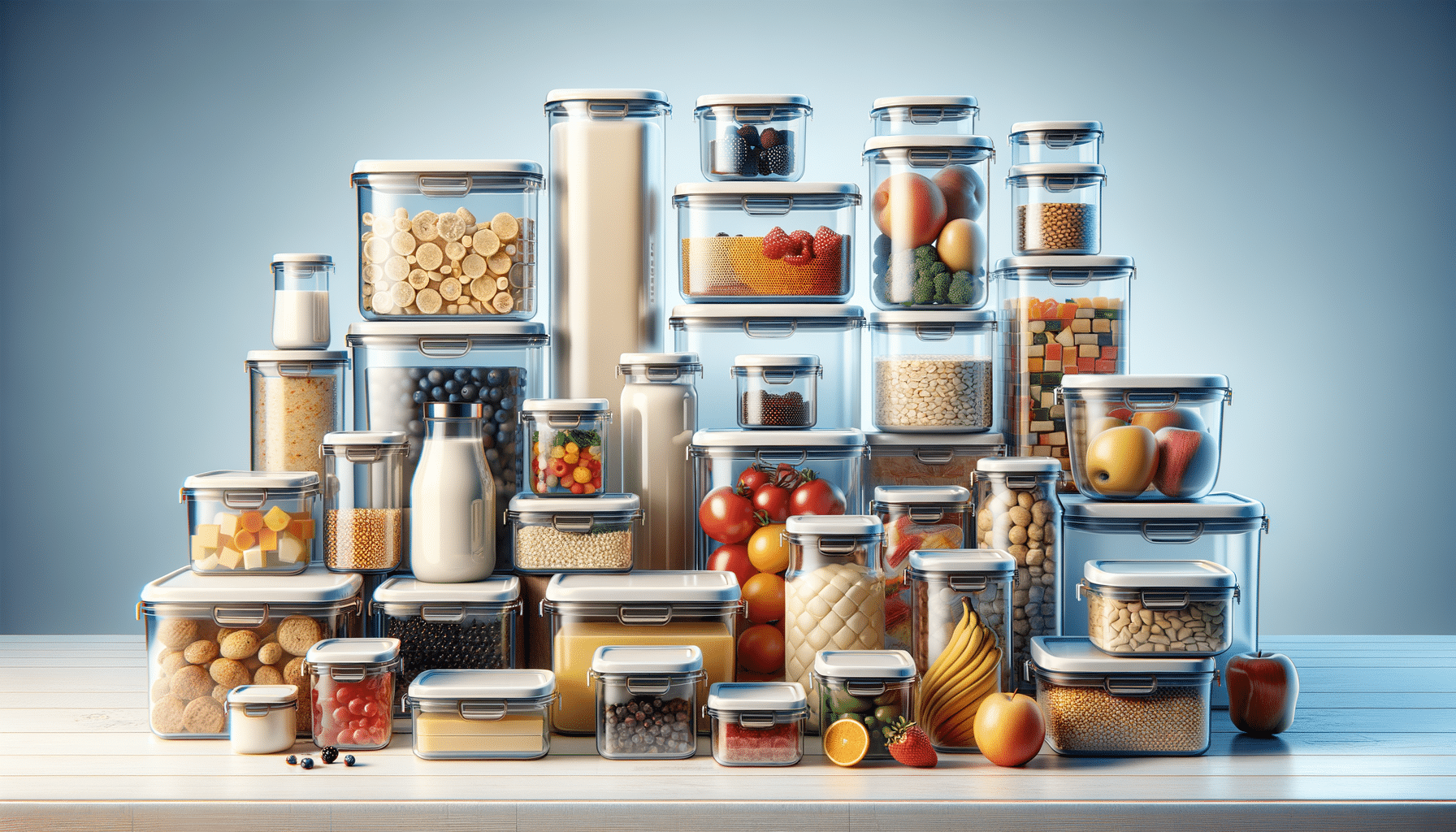
A Guide to Buying BPA-Free Food Storage Containers
Introduction to BPA-Free Food Storage
In the evolving landscape of kitchen storage solutions, BPA-free airtight food storage containers have emerged as a popular choice among health-conscious consumers. These containers offer a safe alternative to traditional plastics, which often contain bisphenol A (BPA), a chemical linked to various health concerns. BPA-free containers are commonly made from materials such as glass, silicone, or specific plastics designed for food contact. These containers are used for storing perishable and dry goods. Understanding their design and intended use may support daily routines in home kitchens.
Understanding BPA and Its Impact
Bisphenol A, commonly known as BPA, is an industrial chemical used in the production of certain plastics and resins. It is often found in containers that store food and beverages, such as water bottles, and in the lining of metal cans. Studies have shown that BPA can seep into food or beverages from containers that are made with it. This has raised concerns due to the potential health effects of BPA on the brain and prostate gland of fetuses, infants, and children. Additionally, it may affect children’s behavior. As a result, many consumers are seeking BPA-free alternatives to ensure their health and safety.
Materials Used in BPA-Free Containers
BPA-free containers are made from a variety of materials, each offering unique benefits. Glass is a popular choice due to its non-porous surface, which does not absorb food stains or odors. It is also microwave and dishwasher safe, providing convenience for everyday use. Silicone is another excellent option; it is flexible, durable, and can withstand high temperatures. Certain plastics are also BPA-free and are designed specifically for food contact. These plastics are lightweight and shatterproof, making them ideal for on-the-go meals and snacks. By choosing the right material, consumers can ensure that their food storage meets their specific needs.
Benefits of Airtight Food Storage
Airtight food storage containers offer several advantages that enhance the preservation and freshness of food. By creating a seal that prevents air from entering, these containers help to maintain the flavor and texture of food items. This is particularly beneficial for storing dry goods like cereals and grains, which can become stale when exposed to air. Additionally, airtight containers prevent moisture from entering, reducing the risk of mold and bacteria growth. This not only extends the shelf life of food but also ensures that it remains safe to consume. For those looking to minimize food waste and save money, airtight food storage is an invaluable solution.
Choosing the Right BPA-Free Container
When selecting BPA-free food storage containers, several factors should be considered to ensure the best fit for your lifestyle. First, consider the size and shape of the containers. Stackable designs can save space in the pantry or fridge. Next, evaluate the type of seal used; silicone gaskets provide a secure, airtight closure. It’s also important to consider the container’s compatibility with microwaves, dishwashers, and freezers for added convenience. Lastly, think about the environmental impact. Choosing containers made from recyclable or sustainable materials can contribute to a healthier planet. By weighing these factors, consumers can make informed decisions that align with their health and environmental goals.


